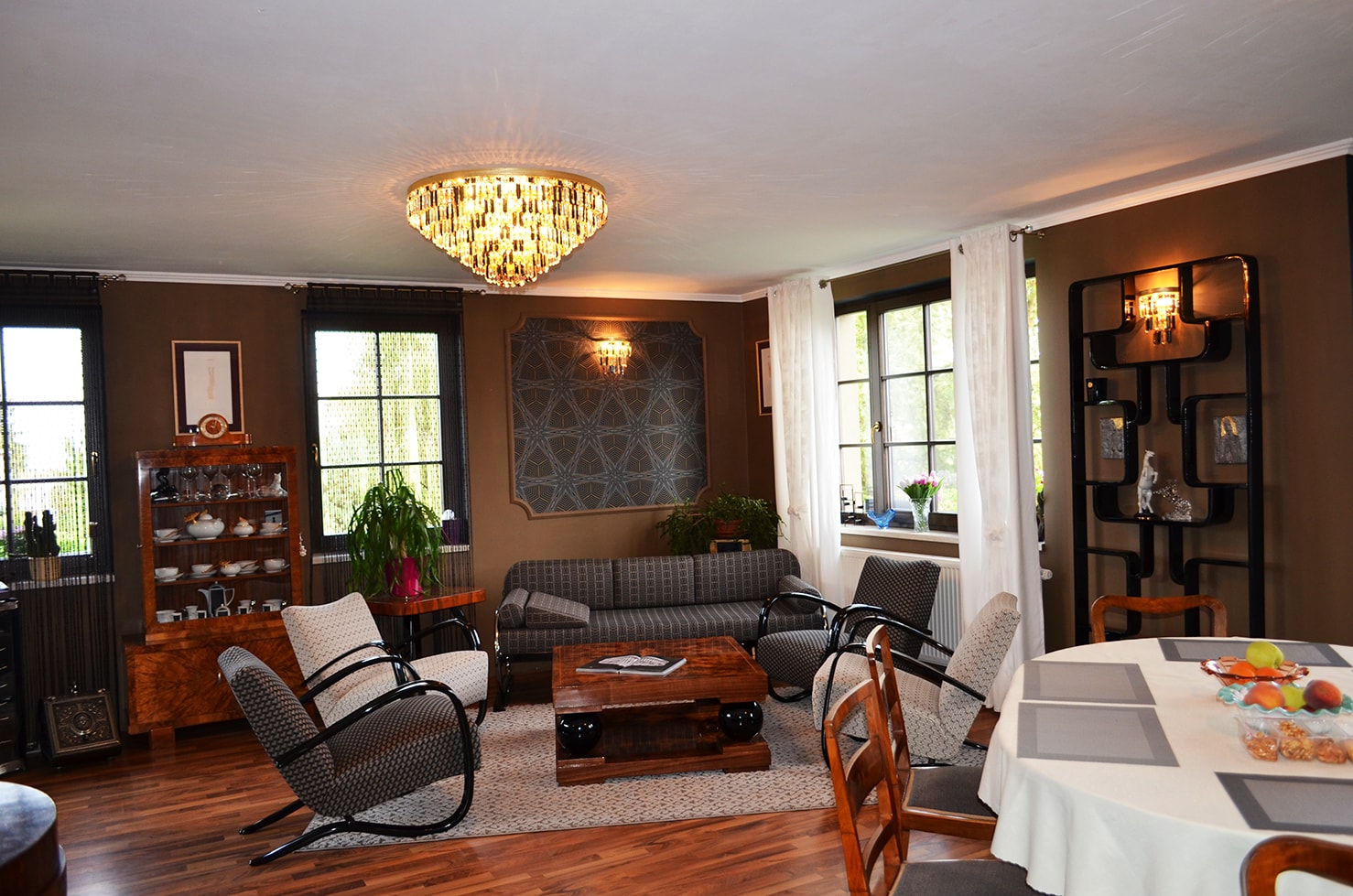How to Choose a Crystal Chandelier
Choosing the right crystal chandelier is an essential part of arranging your own interior. The ideal lighting perfectly complements the interior, and its choice is a challenging task. The choice of the chandelier itself is influenced by the specific requirements of the individual - are we choosing the chandelier as the central element of the interior or do we want the lighting to elegantly and tastefully complement the style of the interior?
How to Go About Your Choice?
When choosing the right lighting, it is appropriate to follow the basic rules. Taking this into account, the chandeliers will be selected with the utmost precision and for your highest satisfaction. The specific choice of the lighting is influenced by many factors - the size of the room to which the chandelier will be placed, the type of room, and above all the interior style. The trends and preferences of interior designers change, and there are no general rules for choosing your lighting. The modern minimalist interior can even be decorated with a traditional crystal chandelier, which, thanks to the charming play of lights and shadows, serves as a perfect timeless element. It is best to focus on your own inner feeling and to choose according to your personal taste.
Basic Factors in Selection
The key factor influencing the choice of a suitable luminaire is the interior style. Into modern, minimalist interiors, we usually choose original lightings, which act as a distinctive feature in the space to attract attention at first glance. Into the classical interiors, we choose the most decent lightings, ones that will emphasize the overall appearance of the room. The perfect element of traditional-style interiors is crystal chandeliers, made in many variants, in a classic form with glass arms or in original modern variants.
When selecting the chandelier, the size of the lighting must be taken into account. The dimensions of the chandelier affect the overall look of the interior - if we choose a lighting too large, we will suppress the other elements of the space and the overall interior appearance. On the contrary, too small of a chandelier will disappear in the space and its decorative and functional effect will be non-existent. The size of the lighting is often conditioned by the height of the room ceiling. The general rule is to take note of the so-called "underpass height", that is, the distance of the lowermost part of the chandelier from the floor. By default, a walking height of 210 cm is recommended, but it is always good to take into account the height of all individuals in the household. We hang the chandelier in such a way that the tallest person can walk under the chandelier without any problem. In the case of a smaller room with a high ceiling (or vice versa), it is possible to shorten or extend the length of the chain on which the chandelier is suspended. For the standard rooms, we most often choose chandeliers with six to eight arms. We use 40 W light bulbs to provide sufficient room lighting. If you prefer chandeliers with multiple arms, you should choose bulbs with less power, 25 W, or use lampshades. A great choice for lower ceiling areas are the flush-mount chandeliers. They beautifully scatter the light across the room and optically enlarge the area. These luminaires can be selected in many variants, from decent models to extravagant pieces.
What is the Function of the Selected Lighting?
The lighting function - are you looking for a central chandelier that will function as the only lighting element in the room? Or is it our intention to choose a decorative lighting and its function to be more of a design element than solely lighting? One should choose the lightings according to the individual needs of the area. In the case of a single light source, we choose stronger bulbs, such as to enlighten the whole room. If we are looking for an intimate, relaxing lighting, then we choose a dim, warm light. The dominant chandelier can be supported by other additional lights - floor lamp, table lamps or wall lighting.
Suspending the Chandelier
Chandeliers are most often suspended in the centre of the room so that the luminaire stands out as a central element of space. In the dining room, we place the chandelier above the dining table, always trying to harmonize the shape of the light and the table. The chandelier should always be smaller than the table, and should not extend beyond its edges. If we have a roundtable, then we chose a chandelier with a circular base. Above a rectangular table, we most often choose a chandelier consisting of hanging lights in a row that illuminates the entire table surface. We select the number of hanging luminaires according to the size of the table and the requirement for light intensity. Generally, an odd number of smaller luminaires that are suspended in one line is recommended. If we want to achieve a more modern or relaxed style, we hang luminaires at different heights. The distance between the dining table and the lowermost part of the chandelier should be at least 80 cm in order to avoid undesirable dazzling of the seated people. If we take all this into consideration, the light shall not be faint and the whole table will be evenly lit. If we want to achieve a more intimate atmosphere, we should hang the chandelier lower so that the faces of the sitting persons are in a light half-shade. A suitable option is a height-adjustable luminaire with its cables able to be adjusted to a specific height.

